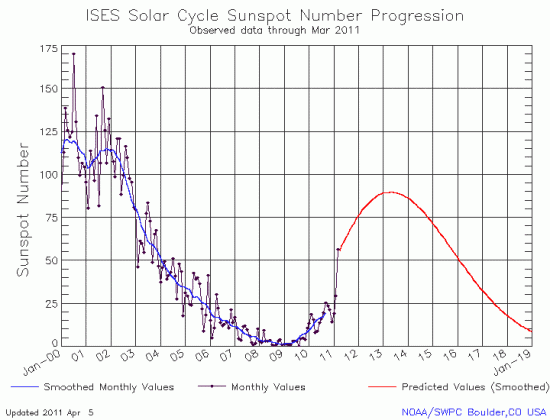“Space beer,” one giant leap for mankind
“For example, many metals burn more easily in reduced gravity, liquids behave differently, both of which have important implications for safety and the way machinery and equipment operate in spacecraft and space stations. The beer experiments assisted in determining the correct level of carbonation, so that it can in the future be appropriately enjoyed by humans in reduced gravity,”
“For example, many metals burn more easily in reduced gravity, liquids behave differently, both of which have important implications for safety and the way machinery and equipment operate in spacecraft and space stations. The beer experiments assisted in determining the correct level of carbonation, so that it can in the future be appropriately enjoyed by humans in reduced gravity,”

